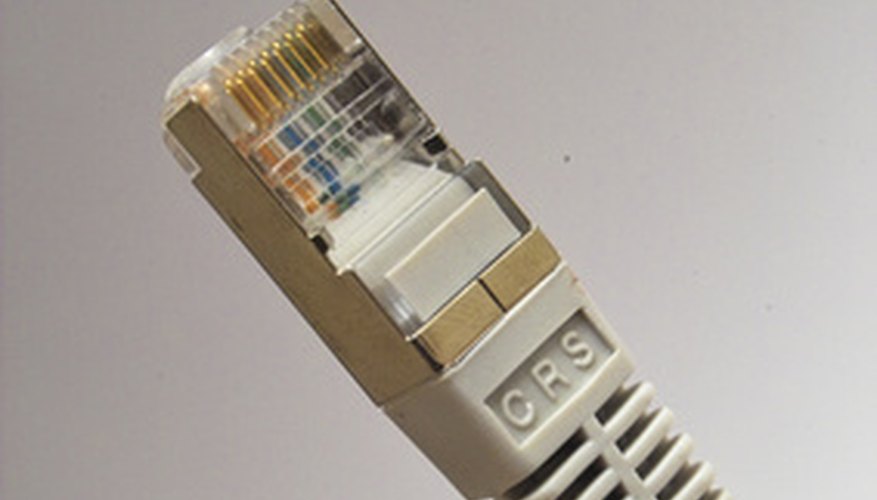In general, local Ethernet connections allow for faster network speeds than wireless connections. However, a variety of issues or complications could cause your Ethernet connection to slow down. Even if you cannot upgrade the link speed of your Internet service provider, there are still several ways for you to manually increase the speed of your Ethernet connection.
- In general, local Ethernet connections allow for faster network speeds than wireless connections.
- However, a variety of issues or complications could cause your Ethernet connection to slow down.
Check both ends of your Ethernet cable to ensure it is properly plugged in. Any physical connection problems can greatly affect connection speeds.
Click on the Start menu in the lower left-hand corner of your PC computer and select "Control Panel."
Double-click on the "Network Connections" icon.
Right-click on the icon for your Ethernet adaptor and choose "Properties."
Click on the "Configure Button" and go to the "Link Speed & Duplex" options.
Adjust the settings in the "Value" list to see which option produces the highest network speed. In most cases, the "Auto Detect" setting works best, because Windows will automatically detect the speed and duplex of your Ethernet network.
- Right-click on the icon for your Ethernet adaptor and choose "Properties."
- Adjust the settings in the "Value" list to see which option produces the highest network speed.
Replace your Ethernet cable with a short, category 6 (CAT6) cable. Shorter Ethernet cables can boost speed, and CAT6 cables are the most advanced type of network cables.
Connect your PC computer directly to the source of your Internet connection, like your cable or DSL modem. Connecting to the Internet source through a router or hub can decrease speed.
Delete unnecessary files from your computer's hard drive. If your computer does not have enough free hard drive speed, it can affect the computer's entire performance and appear to slow down your Ethernet connection.
